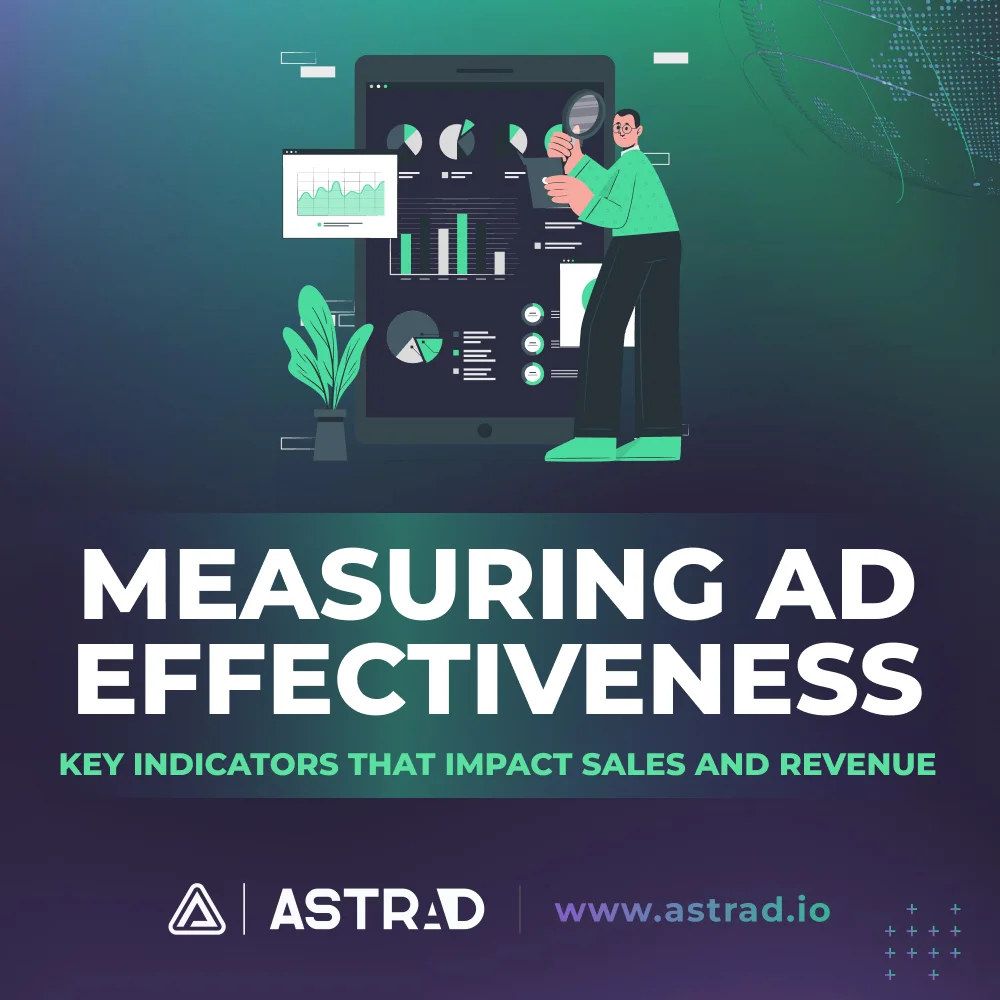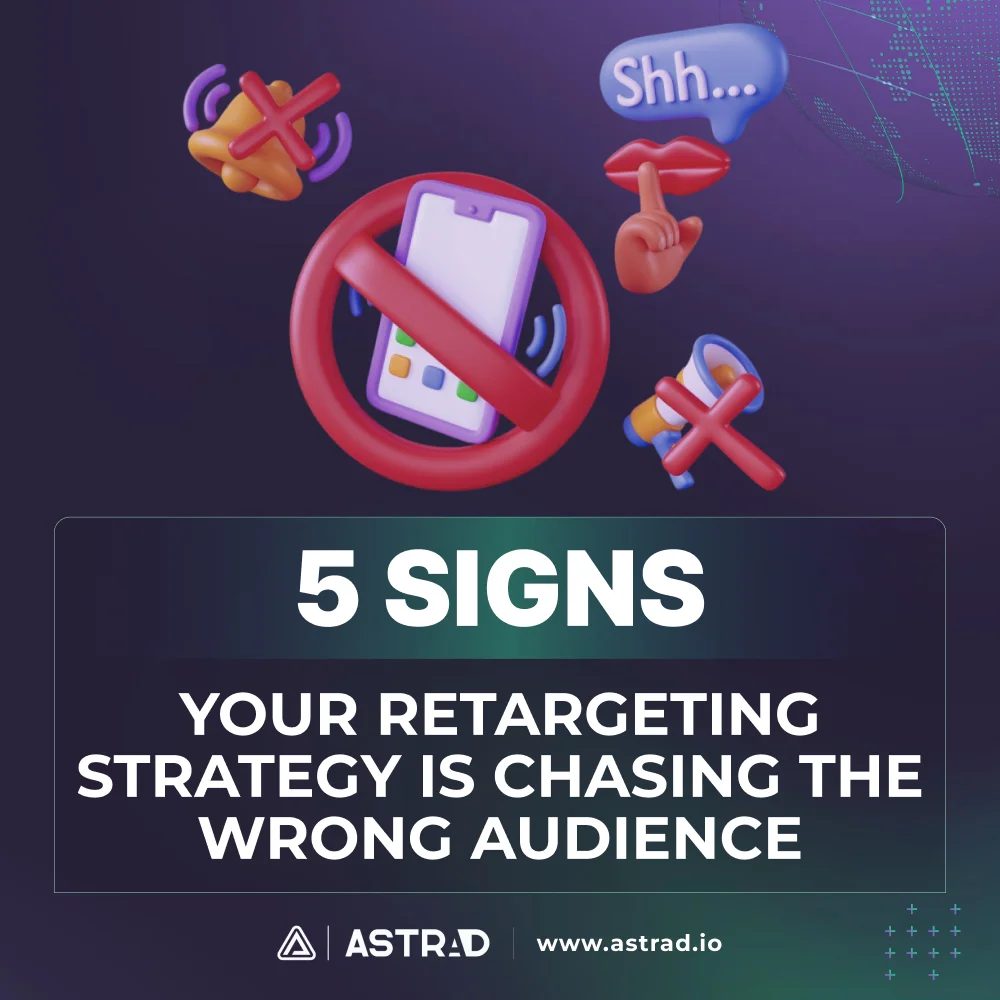Boosting marketers and Mad Men with a strong grasp of key ad performance metrics allows them to precisely measure ad effectiveness — and pivot for their clients who are struggling. This data-driven approach directly connects advertising efforts to sales and revenue, revealing what strategies drive results. This knowledge empowers marketers to optimize campaigns for maximum return on marketing investment.
Measurements — Ad Effectiveness in Today’s Digital Marketing Landscape
In the current digital marketing world, overflowing with channels and data, measuring ad effectiveness is no longer optional. It’s the key to understanding what’s working and what’s not. By tracking key metrics, marketers can directly connect their advertising efforts to sales and revenue. This allows them to optimize campaigns, maximize return on investment, and ensure their precious marketing dollars are going toward strategies that truly resonate with their target audience.
Key Indicators
Unlocking the secrets to marketing success requires a keen understanding of key metrics. We’ll delve into Click Through Rate (CTR), Conversion Rate, Cost Per Acquisition (CPA), Return on Ad Spend (ROAS), and Customer Lifetime Value (CLTV). These powerful indicators will shed light on how your ads attract attention, drive conversions, and ultimately impact your bottom line.
By analyzing this data, you’ll gain the insights needed to optimize campaigns and steer your marketing efforts toward a treasure trove of sales and revenue.
What is Ad Effectiveness?
Ad effectiveness is the ability of your advertising to achieve your marketing goals. Whether it is boosting brand awareness, generating leads, or driving sales, effective ads resonate with your target audience and motivate them to take action. This directly impacts your marketing ROI – Return on Investment.
Stronger ad effectiveness translates to higher conversion rates, lower customer acquisition costs, and more revenue generated from your marketing spend. By measuring and optimizing ad effectiveness, you ensure your marketing efforts are a powerful engine for growth.
Key Performance Indicators
The marketing world is a dynamic landscape that requires a keen understanding of how your campaigns are performing. By tracking key performance indicators (KPIs), you gain valuable insights that unlock the true potential of your ads:
Click Through Rate (CTR)
Measures the percentage of people who see your ad and take the first step by clicking on it. A high CTR indicates your ad is effective at grabbing attention and sparking interest in your target audience. By analyzing your CTR, you can understand how well your ad resonates with your chosen audience and identify opportunities to improve its visual appeal or messaging for better engagement.
Conversion Rate
Measures the percentage of people who click on your ad and complete a desired action, like making a purchase. A strong conversion rate signifies your ad not only attracts the right audience but also effectively converts that interest into valuable actions that drive sales and lead generation.
Cost Per Acquisition (CPA)
Unveils how much it costs to acquire a new customer through your ads. This is calculated by dividing your total ad spend by the number of conversions. A low CPA indicates you’re getting a fantastic return on your investment, attracting new customers at a cost-effective rate. Conversely, a high CPA might suggest you need to refine your targeting to reach a more relevant audience or improve your ad’s persuasive power to convert clicks into customers.
Return on Ad Spend (ROAS)
Measures the return you’re getting on your investment by dividing the total revenue generated by your ads by your total ad spend. A positive ROAS signifies your campaign is a money-making machine, generating more revenue than it costs to run. On the other hand, a negative ROAS suggests you might need to adjust your strategy to ensure your ads are pulling their weight financially.
Customer Lifetime Value (CLTV)
Watches the total revenue a customer brings to your business over their entire relationship with you. This allows you to assess how much you can afford to spend to acquire a new customer. By focusing on acquiring customers with high potential CLTV, you can maximize the long-term profitability of your marketing efforts.
Advanced Metrics for Deeper Insights
Brand Awareness Lift
Measures the increase in brand awareness attributable to your advertising efforts. This can be measured through surveys conducted before and after your campaign launch or by tracking brand mentions on social media. A significant lift in awareness indicates your ads are successfully reaching your target audience, making your brand more recognizable.
Engagement Rate
Measures how interactively your audience interacts with your ads. This can include metrics like shares, comments, likes, or time spent viewing your ad. A high engagement rate signifies that your ad is not just getting noticed; it is sparking interest and encouraging active participation from your target audience. Analyzing engagement metrics allows you to identify formats and content types that resonate most with your audience, allowing you to tailor future campaigns for maximum engagement.
Attribution Modeling
Helps you understand the contribution of various touchpoints to a final conversion. By analyzing which ads played a role in the customer journey, you better understand your marketing ecosystem. This allows you to optimize ad placements and budget allocation, ensuring credit is given to the ads that truly influence purchase decisions.
Pitfalls in Ad Measurement
Data Silos
When data isn’t integrated, you get a fragmented view of the customer journey, making it difficult to understand the complete picture of how your ads are performing.
- Solution: Invest in a Customer Data Platform (CDP) that centralizes customer data from various sources. This unified view allows you to track customer interactions across touchpoints and gain a holistic understanding of how your marketing efforts contribute to conversions.
Cross-Channel Attribution Errors
The customer journey is rarely a linear path. Today’s consumers might see your social media ad, then research your website before finally making a purchase influenced by an email promotion. Traditional attribution models often struggle to accurately assign credit for conversions across these diverse touchpoints.
- Solution: Embrace multi-touch attribution models to take into account all the ad interactions a customer has with your brand before converting, providing a more accurate picture of how your marketing ecosystem works together.
Short-Term Focus
Focusing solely on short-term metrics can paint an incomplete picture of your campaign’s effectiveness.
- Solution: Think long-term. Don’t neglect brand awareness and customer lifetime value. Regularly measure brand lift to understand how your ads are impacting overall brand recognition. Additionally, track customer lifetime value to assess the long-term value each customer brings to your business.
Inaccurate Data
Inaccurate data can lead to misleading insights and poor campaign decisions.
- Solution: Regularly cleanse your data to remove duplicates, errors, and inconsistencies. Implement data validation procedures to ensure the accuracy of the information you’re basing your decisions on.
Understanding Where You Are At
In the competitive jungle of marketing, understanding how your ads truly perform is a must. By implementing a comprehensive ad effectiveness measurement strategy, you gain a crystal ball view into how your ads are working at every stage of the customer journey – from grabbing attention to driving sales.
We explored key metrics like Click Through Rate (CTR) to gauge audience engagement, Conversion Rate to measure the success of your ad in driving actions, and Cost Per Acquisition (CPA) to understand customer acquisition costs. We delved deeper with Return on Ad Spend (ROAS) to assess the financial return of your campaigns and Customer Lifetime Value (CLTV) to understand the long-term value each customer brings.
By incorporating these metrics alongside advanced insights like Brand Awareness Lift and Engagement Rate, you gain a powerful understanding of how your advertising resonates with your target audience. Don’t underestimate the power of ad effectiveness measurement – it empowers you to refine your campaigns, optimize your budget allocation, and transform your advertising into a powerful engine that fuels sales and revenue growth.






